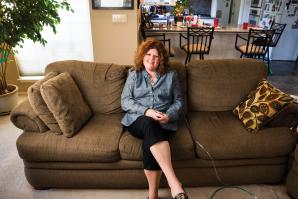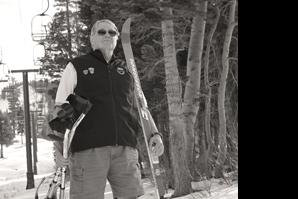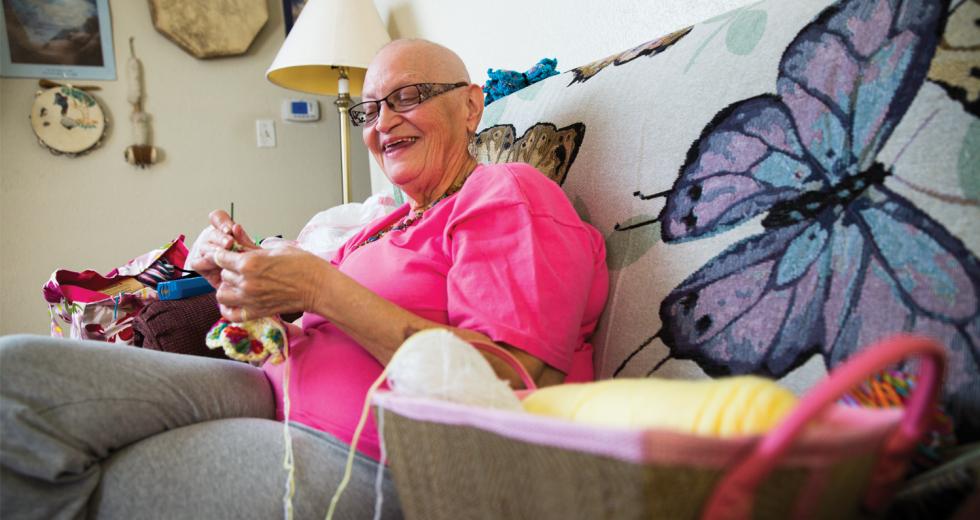Volunteers use their own car and gas money to get patients to chemotherapy and radiation appointments.
When an oncologist told Dorothy Hillbrant she’d need a ride to chemotherapy, Hillbrant called the San Joaquin chapter of the American Cancer Society.
No volunteer drivers were available.
“I said to myself, ‘When I get better, I’m going to be a driver.’ And that’s what I did,” says Hillbrant, age 69.
Hillbrant, who has stage III ovarian cancer, became one of about 30 local drivers for the American Cancer Society’s Road to Recovery Program, which has provided free rides to treatment for patients and their caregivers for about 30 years. Volunteers use their own car and gas money to get patients to chemotherapy and radiation appointments.
Cancer patients call the nonprofit to schedule a ride, and a coordinator calls the volunteers each week.
“We currently have 34 active volunteers, all with different bandwidths and availability. Some drive constantly, and some can only drive once a week. We need additional drivers from the community to help support the program,” says Charaighn Sesock, spokesperson for the American Cancer Society.
In 2010, the American Cancer Society provided more than 1.3 million transportation services to more than 63,000 cancer patients nationwide. Rides in 2010 increased 35 percent over the prior year.
Typically, more than one ride is provided for a patient. For example, someone who needs to receive radiation treatments might have an appointment every day for up to six weeks.
Hillbrant was able to volunteer for a few months in early 2013, following the end of her chemotherapy in October 2012. But the nonprofit doesn’t allow volunteers to drive if they are undergoing harsh cancer treatment and in July, a blood test showed she had to go back for more.
“Somewhere there are some little buggers swimming around, so we’re going through chemo again to go after them,” Hillbrant says. “But as soon as I’m done, I’m going back [to volunteer].”
Many of the patients who need rides are older or don’t have money. It’s frantic when you need a ride, she says.
“You’re already in a state of fear when you hear the news and know you’re going,” she says. “And when you are going, you’re stressing about how you’re going to get there.”
The types of people who need a free ride to a cancer treatment probably don’t have many people to talk to either, Hillbrant says.
“I ask them questions and listen to them,” she says. “When they first get in the car, the look in their eyes isn’t happy; it’s sad and nervous. By the time they leave, they’re smiling with a sparkle in their eyes. It’s a blessing for me.”
Hillbrant crochets butterflies for the patients she transports. For her, it’s become a symbol of battling cancer.
“When I’m in chemo, I’m in a cocoon,” she says. “When I get out, I’m going to fly like I’m a butterfly.”
She’ll crochet them and sometimes attach a magnet to the back. She distributes them to patients as a reminder they will get through the treatments.
“It doesn’t matter if they’re pink. Even the men love them,” she says.
Recommended For You

Angels for Hearts
Sacramento nonprofit reaches region's tiniest heart patients
In 2004, 28-year-old Kimberly Kaufman learned she had congestive heart failure.

Learning to Live Again
Disabled sports bring fresh perspectives
Doug Pringle lost a leg to the Vietnam War in 1968. He was recovering at the Presidio of San Francisco hospital the day World War II veterans stopped by for a visit.



